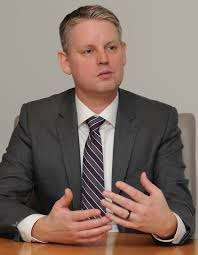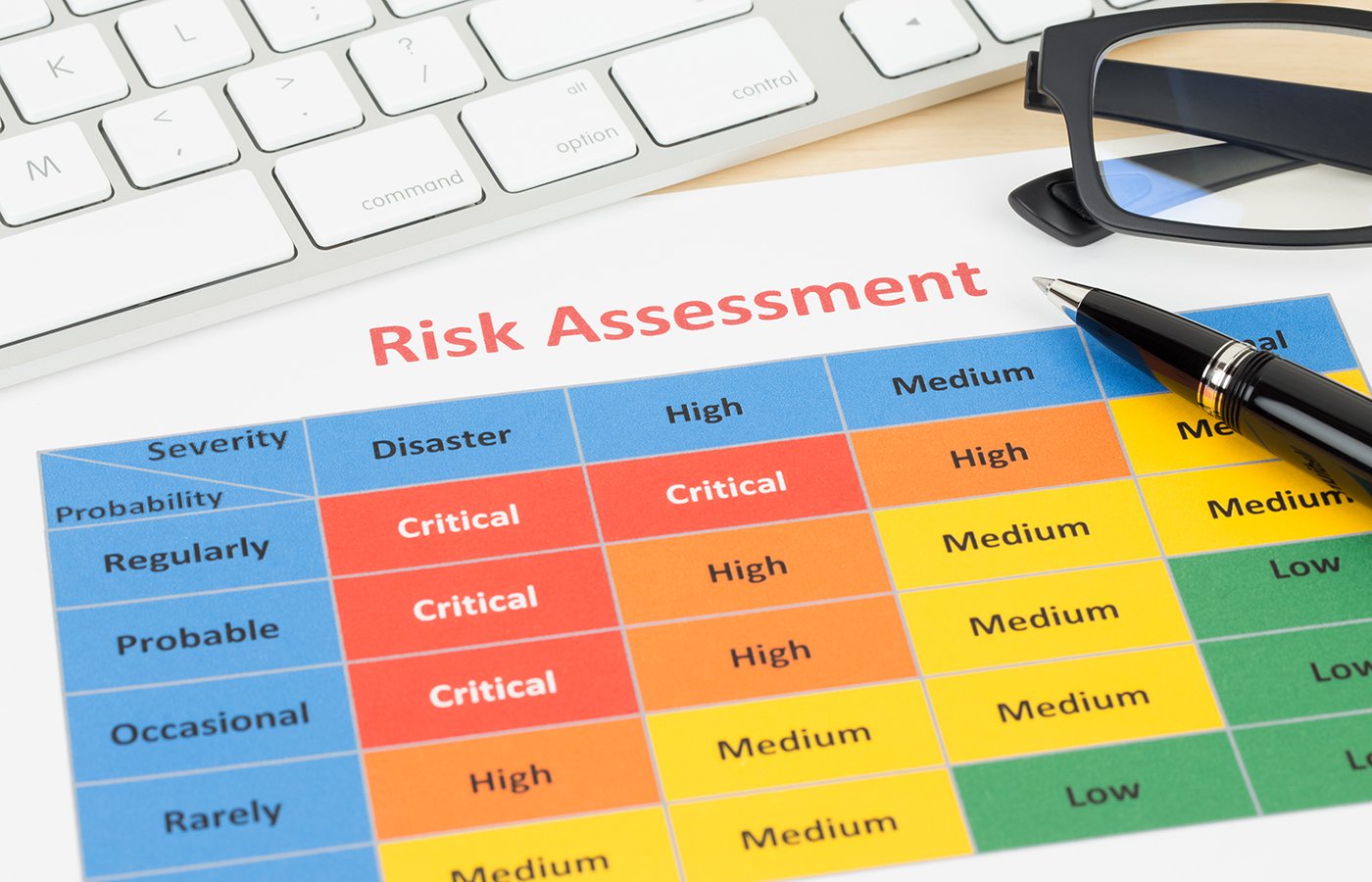Disruptive Technologies
Friday, May 29, 2020
By Jeffrey Kutler
The fanfare may not be quite what blockchain promoters were anticipating a few years ago, but the technology is gradually and noticeably establishing itself as a component of financial market infrastructure.
In the view of many financial industry technologists, blockchain, or distributed ledger technology (DLT), was a natural successor to the battle-tested, but aging and rigidly programmed, back-office and post-trade processing systems on which wholesale operations have been depending for decades. While blockchain essentially proved itself as the underlying platform for Bitcoin and other cryptocurrencies, wholesale-market applications were slower to take shape and gain similar renown.

However, virtually every major player in market infrastructure - Intercontinental Exchange, Nasdaq, Depository Trust & Clearing Corp. (DTCC), Japan Exchange Group and Switzerland's SIX Group, to name a few - has embraced DLT in some strategically and/or operationally significant form.
A current case in point is OCC (Options Clearing Corp.). In the midst of a so-called Renaissance Initiative, touching on risk management, clearing and data technology as part of a far-reaching organizational transformation, OCC is moving its securities lending infrastructure onto DLT. The Chicago-based clearer has tapped Axoni, which has worked with DTCC and other prominent capital markets players, for its AxCore DLT protocol, to be hosted in the cloud. Development begins this quarter, with a phased rollout to follow.
OCC said in its May 5 announcement that its stock loan program was created in 1993. The clearing volumes have increased at a compound annual growth rate of 16% since 2012, while open interest has grown by 22%. As of April 30, OCC balances were approximately $72 billion, or about 13% of the total equities on loan across the Americas.
Reflecting broad trading and volatility trends, OCC, which is the world's largest clearer of equity derivatives, reported total cleared contract volume in April of 551,538,080 contracts, up 42.9% from April 2019. Cleared contract volume of exchange-listed options was 548,883,225, up 44.3%.
Efficiency and Cost Reduction
Whether in a central counterparty (CCP), consortium or firm-level context, investments in securities lending efficiency and automation have been growing, driven in part by demands for transparency, improved collateral management, and Europe's Securities Financing Transactions Regulation. (See Technologies and Partner Ecosystems Transform Collateral Management)
OCC said that DLT “addresses fundamental challenges in the securities lending industry and will benefit OCC's clearing member firms by increasing efficiency and reducing reconciliation and associated costs.”

As a permissioned network governed by OCC, the system can allow peer nodes at clearing member firms to provide each with a real-time, accurate copy of contract and activity information, which reduces the need for manual reconciliation. “OCC, Axoni and OCC clearing member firms have identified several opportunities to further streamline processing within the marketplace once the baseline platform has been established,” the companies said.
OCC's role in securities lending “is to serve as the central counterparty for lenders and borrowers,” said Matt Wolfe, OCC vice president, securities finance. “We provide a guarantee of performance and mitigate the risk of loss due to a failure by the original lender or borrower.
“Our work with Axoni seeks to address industry challenges and reduce costs stemming from manual processes, lack of automation, and disparate systems. The new platform lays the foundation for a future-fit CCP securities lending model.”
Axoni vice president of solutions Ishan Singh said, “Deploying distributed ledger technology in production at this scale will be a significant moment for the securities lending industry. The combination of technology and business expertise being applied to this project will generate a variety of benefits for industry stakeholders. We look forward to working with OCC to bring those benefits to the market.”
Securities Settlements, FX Swaps
The OCC project follows in a line of market-operator DLT initiatives that includes Australian Securities Exchange's upgrade of its CHESS settlements platform, a five-year-long collaboration with Digital Asset Holdings, still in progress; and the “re-platforming” of DTCC's Trade Information Warehouse, which was announced in January 2017 and included roles for Axoni, IBM and R3.
Currently gaining ground with its Corda platform, R3 last September said it was working with Fnality (Utility Settlement Coin) and Finteum on an effort designed to minimize settlement risk in global foreign exchange swaps; and on April 29 it announced a long-term, non-exclusive collaboration agreement with Nasdaq - already well seasoned with blockchain and digital asset offerings through its Market Technology business - to leverage Corda Enterprise software and related services and support.
Johan Toll, head of digital assets in Market Technology, called the collaboration “another important milestone in Nasdaq's continuous development of technologies that support the creation and growth of dynamic, trusted digital asset marketplaces. R3's Corda platform will fit well into Nasdaq's technology ecosystem and partnership strategy and allow us to harness the power of scalable design and a new level of interoperability.”

Toll said in an interview on Nasdaq.com that both traditional exchange and start-up marketplace customers “have been vocal about the huge potential in both tokenized assets and adopting blockchain technology. For one, they provide open access to and facilitate price discovery in new types of asset classes that enable capital formation, as well as allow expansion into nascent product categories and client segments. They also can improve legacy processes by reducing the need for manual intervention and data reconciliation between multiple disparate systems.”
Among newer blockchain adopters, American Financial Exchange (AFX), the five-year-old interbank marketplace where the Ameribor alternative interest rate benchmark is set, announced last November the launch of an Ethereum-based tokenization system. “This is AFX's first major blockchain initiative,” said AFX chairman and CEO Richard Sandor. “We learned a great deal about this new and exciting technology and believe the blockchain has the potential to transform electronic trading and financial markets. AFX is committed to remain in the forefront of this new technology.”
In April, MAX Markets, a London-based digital asset ecosystem operator, announced its launch in conjunction with GMEX Group, whose GMEX Fusion technology has brought blockchain into a number of emerging- and digital-market platforms.
New DTCC Proposals
DTCC has been in the blockchain forefront longer than most. Besides pushing its own proofs of concept and other implementations, the industry-owned utility took an ownership stake in Digital Asset Holdings, which launched in 2014, and president and CEO Michael Bodson is a board member.
“DTCC has been a leader in the digital transformation of financial markets since our founding [in the 1970s], and we're building on that legacy of innovation with projects to strengthen post-trade processes,” Bodson said on May 18 as DTCC released two case studies described as “proposals to explore further digitalization in the public and private markets.”
One of the two proposals, Project Ion, builds on DTCC's accomplishments in public-market settlement processes and explores potential acceleration of those processes along with cost and risk reduction. The second, Project Whitney, looks toward “opportunities to provide increased levels of digitalization throughout the private market asset lifecycle.”
“Practical Experiments”
Jennifer Peve, DTCC managing director, business innovation, described these as being in an experimentation and feedback-gathering stage and “represent[ing] the next steps in our digitalization journey. Both serve as examples of practical experiments incorporating innovative technology and business concepts designed to strengthen post-trade processes and provide a resilient, secure and efficient post-trade infrastructure for the industry.”
DTCC said it has developed a proof of concept for Project Ion proposals and will seek to assess market demand.
“Project Ion is about working with the industry to further the value proposition on accelerated settlement leveraging new capabilities such as DLT and tokenized securities, and to learn how DTCC can best deploy these technologies to deliver additional value to clients and the industry,” explained Murray Pozmanter, head of clearing agency services and global operations and client services.
Project Whitney, according to Peve, addresses the fact that “private markets are ripe for increased levels of automation,” and this “presents an exciting opportunity to leverage emerging technologies and develop completely new solutions from the ground up.”
Added CEO Bodson, “These case studies reimagine the private markets lifecycle and the public markets settlement processes, and they could significantly modernize and enhance how trading activity is processed in the future.”
•Bylaws •Code of Conduct •Privacy Notice •Terms of Use © 2024 Global Association of Risk Professionals




